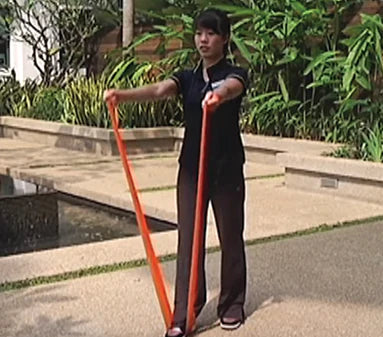Low back pain can be simply managed with rest while more severe cases may need a treatment regime. Dr Tan Kian Hian from Singapore General Hospital shows the different ways.
Should I see a pain specialist for low back pain?
You should see a pain specialist if:
- The low back pain persists, lasting more than three months.
- The pain is associated with nerve root pain that is characterised by:
- Pain that travels to the foot on one side of the leg.
- Numbness in the leg.
- Pain in the leg that worsens when bending over or coughing and straining.
- The specialist will perform a complete initial assessment that typically includes a medical history and physical examination. He or she may ask you certain questions as well as conduct strength and movement tests on you to check for serious underlying conditions, such as fractures, tumours, infection and severe nerve damage. Sometimes, other investigations may be needed to arrive at a diagnosis.
Treatment options for low back pain
A multi-pronged approach will be needed to manage chronic low back pain.
Medication
- Many patients benefit from medication, which relieves low back pain and reduces inflammation or muscle spasms. Specific medications may also be prescribed for the treatment of the nerve pain.
Physiotherapy
- Various physical treatment modalities will help relieve the pain. Specific exercises may be prescribed to strengthen your back muscles. You should actively perform the exercises regularly to receive optimal benefit.
Interventional therapy
- This is used to diagnose and treat the cause of the pain arising from different spinal conditions. It mainly involves injections administered in a procedure suite using guidance from x-rays.
- Such a procedure lasts for about 30 minutes and is performed under local anaesthesia with mild sedation. You will be fit to go home within two hours after observation.
- If required, you will be referred to an orthopaedic surgeon for a surgical assessment.




Leave a comment
This site is protected by hCaptcha and the hCaptcha Privacy Policy and Terms of Service apply.